This set of renderings shows the completed GRETA array (top and bottom left) and half of the completed array (right). The detector is designed to open up, with each half sliding on tracks. Samples can be placed at the center of the spherical array. The completed array will contain 120 high-purity germanium crystals. Credit: GRETA collaboration
Spherical detector will be a centerpiece at Michigan State’s Facility for Rare Isotope Beams.
The effort to construct GRETA (Gamma-Ray Energy Tracking Array), a cutting-edge spherical array of high-purity germanium crystals that will measure gamma-ray signals to reveal new details about the structure and inner workings of atomic nuclei, has received key approvals needed to proceed toward full build-out.
GRETA, which will also provide new insight about the nature of matter and how stars create elements, is expected to reach the first phase of completion in 2023, and to achieve final completion in 2025. It builds on the existing GRETINA (Gamma-Ray Energy Tracking In-beam Nuclear Array) instrument, completed in 2011, which features fewer gamma-ray-detecting crystals. Gamma rays are very energetic, penetrating forms of light that are emitted as unstable atomic nuclei decay into more stable nuclei.
The U.S. Department of Energy’s Lawrence Berkeley National Laboratory (Berkeley Lab) has had a leadership role in both GRETINA and GRETA, and Berkeley Lab nuclear physicists and engineers are working with teams at Argonne and Oak Ridge national laboratories, and Michigan State University, in the development of GRETA.
On October 7, 2020, DOE officials approved key milestones for the GRETA project, including the scope of work and its schedule, and the final construction engineering plans that will guide the project through to completion. The formal approval steps are known as Critical Decision 2 and Critical Decision 3 (CD-2 and CD-3).
“The approvals were a major achievement for the project and the team. It marks the successful completion of the final design, and demonstrates we are ready to build the array,” said Paul Fallon, GRETA project director and a senior staff scientist in Berkeley Lab’s Nuclear Science Division. A key next step is to fabricate the complex, meter-wide aluminum sphere that will house the detectors.
New user facility will put GRETA to work
GRETINA, and later GRETA, will be installed at Michigan State University’s Facility for Rare Isotope Beams (FRIB), when that facility begins operations in 2022. On September 29, FRIB was officially designated as the newest member of the DOE Office of Science’s user facilities. There are now 28 of these user facilities, which are accessible to scientists from across the country and around the world. Already, an estimated 1,400 scientific users are lined up to participate in nuclear physics experiments at FRIB once that facility starts up in 2022. Still under construction, FRIB is about 94% complete.
GRETINA is equipped with 12 detector modules and 48 detector crystals, and GRETA will add 18 more detector modules, for a total of 30 modules and 120 crystals. About 18-20 detector modules are expected to be installed in GRETA before the end of 2024, with the final modules installed in 2025.
When the beams of rare isotopes produced at FRIB strike a fixed target, they can undergo a variety of nuclear reactions. These reactions can produce even more exotic nuclei that emit a sequence of gamma rays, which provide information about their internal nuclear structure. Isotopes are varieties of elements that have the same number of positively charged protons in their nuclei but have more or fewer uncharged particles called neutrons compared to the standard form of an element.
GRETA will fully surround these targets to provide incredibly detailed data on the 3D direction and energy of gamma rays propagating through its detectors. Ultrafast electronics will enable the detectors to capture up to 50,000 signals per second in each crystal, and a dedicated computing cluster will perform real-time signal processing on up to 480,000 gamma-ray interactions per second that are detected within the GRETA sphere.
FRIB will be equipped with a powerful accelerator that can produce beams of particles from elements as heavy as uranium, and will have the capability to create and study more than 1,000 new isotopes by blasting targets with high-energy beams.
GRETA is designed to be flexible so that it can accommodate a wide range of instrumentation for experiments, and also movable so that it can be used at different experimental sites at FRIB and other facilities. “GRETA is optimized for the broad range of science at FRIB,” Fallon said, and will also be used at the Argonne Tandem Linac Accelerator System (ATLAS) at Argonne National Laboratory.
GRETA will be key to many experiments at FRIB – about two-thirds of the research goals planned at FRIB will use the GRETA detector, Fallon said.
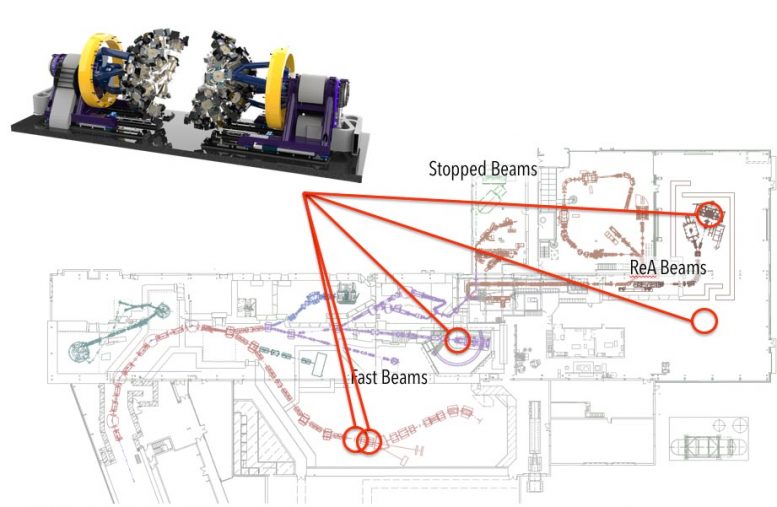
GRETA is designed to be movable. At the Facility for Rare Isotope Beams, GRETA will be used at a variety of locations (red circles) for different types of experiments. Credit: GRETA collaboration
Experiments will study nuclei at the extremes, and with greater sensitivity
Among its uses will be to study the most neutron-rich forms of isotopes before they become unstable. This extreme is referred to as the neutron “drip line,” as it represents the last stable form of an isotope before it can carry no more neutrons, and its nucleus begins to “drip” or emit neutrons.
GRETA will also be used to identify nuclei that exhibit pear-like shapes. Such experiments will help scientists learn the limits for the most extreme properties of atomic nuclei, provide key data on their creation, and identify new nuclei that test our understanding of nature’s fundamental interactions and forces that govern the structure of matter.
Together, FRIB and GRETA will have 10 to 100 times greater sensitivity in nuclear science experiments than is possible using existing accelerators and detectors, Fallon noted.
GRETA will be constructed, assembled, and tested at Berkeley Lab before being shipped to FRIB. Berkeley Lab led the development of the detectors for the project and is responsible for overseeing their delivery, and also leads the design and fabrication of GRETA’s signal-processing electronics, computing, and mechanical systems; Argonne Lab is developing the electronics related to its trigger and timing systems; Michigan State University is responsible for characterizing the performance of its detectors; and Oak Ridge Lab is responsible for the real-time signal processing to locate the gamma-ray interactions within the GRETA crystals.
After GRETA is completed, Berkeley Lab will continue to play a role in its electronics, computing, and upgrades, and in reconfiguring the instrument for experiments. About 25 Berkeley Lab scientists and engineers are involved in the GRETA project, Fallon said.

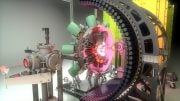

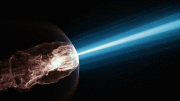
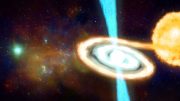
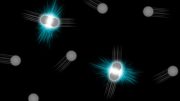


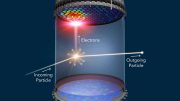
Be the first to comment on "GRETA – A Cutting-Edge 3D Gamma-Ray Detector – Gets Green Light"